Motherhood isn’t just a full-time job – it’s an entire industry.
From pregnancy test manufacturers to delivery room doulas, there are countless scientists, healthcare workers and community stalwarts who earn their livelihoods on the weird and wonderful path to procreation.
People like Tracy Miller, a retired community midwife who served the women of Stonehaven for more than 30 years and insists it was a “fantastic job”.
Known by her initials (TAM) as “The Amazing Midwife” Tracy did her training from 1990-1992, and since then she reckons she’s delivered “probably hundreds” of babies, as well as conducting intake appointments, running antenatal classes and visiting new parents at home for decades.
“Most of my career was in the community so we didn’t deliver as many babies, because we weren’t in the hospital,” she explains. “But we certainly did home births and they were on the increase for sure.
“You have to do 40 deliveries when you’re a student midwife to qualify. And the once I qualified… gosh, I don’t know how many there were. A lot!”
‘Sheer joy’
For most people, attending a birth is a momentous occasion, usually preceding a new baby in the family.
For mum-of-three Tracy, it was business as usual – but despite the long, sleepless nights at home births, unpredictable on-call jobs and gruelling paperwork, it never became run-of-the-mill.
“It does still, to this day, amaze me,” she says earnestly as she recalls the moments immediately after delivery and the first post-natal visits to new parents.
“I know all about the bird and the bees, but I’d still look and think: ‘My God, you made that’.
“It’s difficult to describe, but it’s just sheer joy in the room when you’ve helped deliver a baby. Sheer joy.”
Living in the place where she worked meant that Tracy was able to watch the babies she’d helped with growing; and their mothers blossoming into parenthood.
For her, this underpinned what she believes is a midwife’s most important role – to be a support to the woman, and a guiding voice for new families.
“You do get to know them,” she says, “and particularly where I was, because I live in the town that I worked in. And if they came back for their second or third baby, I had already looked after them, so that was really nice.
“Lots of people don’t like living in the area that they work but I liked it. I just thought it made it more special.”
Tracy fondly recalls running into women she’s looked after while out socialising, shopping, or just walking down the street.
But she reveals that running into ‘her’ babies when it was their turn to give birth was a bit uncanny.
“In the last couple of years of my career, I had some babies that I’d looked after having babies. So I knew I’d come full circle!” she laughs. “I thought: ‘It’s time for me to go!'”
After 40 years in the NHS and 30 as a midwife, Tracy retired at age 57.
However, she admits that she would’ve stayed in the role longer if not for the mounting pressures caused by rising patient expectations, chronic recruitment shortages and poor working conditions.
‘You’re damned if you do, damned if you don’t’
And although the Scottish Government announced a Nursing and Midwifery Task Force to tackle these issues just last month, it would seem they have their work cut out for them.
“Part of the reason I did retire was that I was starting to find it way more demanding than it had been,” she says candidly.
“I’m generally not an anxious person at all, I’m pretty laid back. But some days, I would find it much harder to switch off, and it got to feeling like ‘you’re damned if you do, damned if you don’t’.
“The admin and the paperwork is onerous,” she explains. “I would far rather be with the woman, which is what ‘midwife’ actually means – ‘with woman’. But, partially because the NHS is falling apart, it’s getting to be a tick-box exercise.
“Women, are expecting a certain standard, and the NHS just cannot fulfil that standard.”
After a lifetime of working with new mothers, while also being a mother herself – she had her first son while training to be a midwife – Tracy has gained a lot of perspective “and loads of baby cuddles”.
And she’s a firm believer that not only does it take a village to raise a baby, but the best gift anyone can give a new mum is one less chore, or some time to herself.
Throughout her career, she’s coached women (and partners, both the ‘keen’ and the ‘useless’) through deliveries, helped prospective parents make birth plans, and cried with them when their babies have been lost.
That insight into other people’s most momentous days isn’t lost on her.
“Midwives are in such a privileged position to be involved in such an intimate time for couples,” she says.
“Particularly ones that might have struggled with maintaining pregnancies or have had some awful things happen to them, it’s just lovely to see a happy time for those people and be involved with that.”
Tracy’s realism about the difficulties of pregnancy is more than justified. After all, it’s not always as simple as the birds and bees make it out to be.
According to the NHS, 1 in 7 couples will face difficulty conceiving a child.
That’s a daunting thought for prospective parents; but for embryologist Nicole Suttie, it’s simply a fact of professional life.
‘I love all the squishy stuff’
“Fertility issues are a lot more common than people think,” says Nicole, 28. She’s a former Dundee student, and we speak on the phone as she leaves her clinic – at Birmingham Women’s Hospital – for the day.
“Patients typically are referred for fertility treatments after at least one year of unprotected sex and no pregnancies,” she explains. “So when we see them, we’re dealing with a lot of emotions – and not just from the hormone treatments!”
It’s a Wednesday, which is one of the busiest days of the week for her; an egg collection day.
As an embryologist – a clinical scientist for reproductive technologies such as IVF and ICSI – Nicole is responsible for collecting egg and sperm samples from a couple (either their own, or donor samples), and using them to create embryos in the lab.
She’ll then put them in an incubator “to keep them nice and safe and cosy” and monitors them to see which fertilised eggs are the best candidates to be put back inside the patient and “hopefully let them have a wee baby”.
The others, if viable, will be frozen, so patients have the option to use them later.
It’s a highly specialised and competitive job; Nicole had to get a degree in Biological Sciences and a Masters in Cell and Developmental Biology at Dundee University just to make it on to the clinic’s training programme.
And no wonder, since dealing with both biological matter and the patients themselves involves such mental and emotional dexterity.
But it’s clear that for self-confessed nerd and lover of “biology’s squishy stuff” Nicole, connection with patients is a highlight of the role.
“You can be about as hands-on or hands-off as you like,” she says. “I’m very hands-on!
“The fertilisation check, which happens the day after egg collection, is done on the phone, which can be quite difficult, especially if you’re delivering bad news.
“But embryo transfer is probably the best day, or the day I think is most exciting, because it’s the final point of their treatment and we’re putting an embryo back, and hopefully it’s going to stick!”
‘We’re not creationists – we’re helpers’
A scientist with her heart on her lab coat sleeve, Nicole admits it’s hard not to get invested – especially when patients so clearly yearn for a child and she may well be able to help them.
“The pineapple is a symbol of fertility, so we have a lot of patients who wear pineapple socks, for example, during their embryo transfer,” she smiles.
“And I have seen some patients come in with baby toys or a cardigan that they’ve knitted for their future baby, and that’s always really quite emotional.
“It’s a lot for us as well. Because obviously we’re in this job because we want to help people. But I try to be realistically optimistic.
“We’re not creationists – we’re just helpers. And we’re doing our best.”
There’s no hint of drudgery when Nicole talks about her day job, but it’s hard not to wonder, does seeing so much struggle affect her relationship with the idea of having kids?
“I’ve always been a very maternal person and known intrinsically that I want kids someday,” she reveals.
“And being in the field, it’s like on the one hand information is power, but it’s also a little bit scary, because it’s like, ‘Oh what if there is an issue that will prevent me from being able to have children as easily as I would like to think I could have them?’
“But the fact that there are technologies available to help is comforting and I’m in the right job! I can just bring my own eggs in – very Blue Peter!”
Moreover, to Nicole, motherhood is not something that can be defined by blood and genes.
From people donating their eggs and sperm for others to use, to cancer patients or transitioning individuals banking them for later in life, her work has shown her that fertility (or lack of it) is not the only route to family.
“The biological clock is still used as a very big scary thing for women,” she observes, citing her own experiences both in the field and in her personal life.
“And I think if people understand what options they have, that’s good.
“I think a lot of people would like to be the biological mother of their child, still. But there’s so much more now about blended families, and being able to choose your family. It’s not all just about blood,” she goes on.
“In general, people who want to have children want that because they want a child; it doesn’t necessarily have to be biologically related to them, they just want to have a family.”
That said, she remains enchanted by her work, and the ability of clinicians to treat fertility issues using technology.
“I actually knew someone who was going through fertility treatment,” she reveals, when I ask what made her want to pursue the field.
“I didn’t really know anything about it until they were talking about it, and I thought it was insane that we could do that outside of the body.
“And I just thought it was amazing that you could have a job helping people to have a family. And now I do, and I love it.”
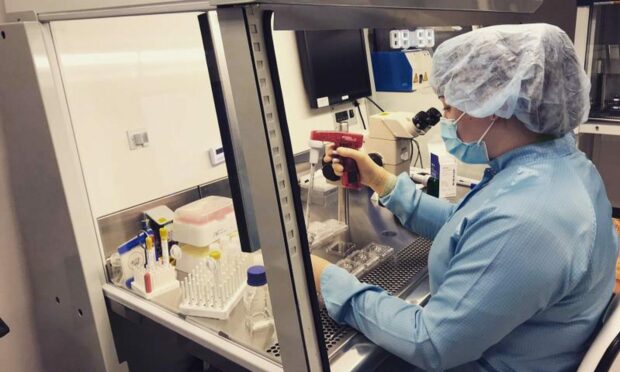
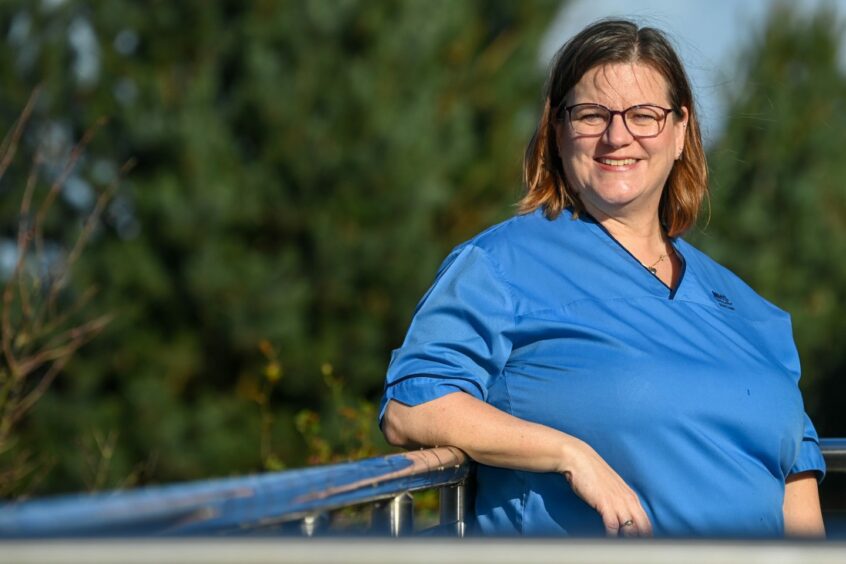
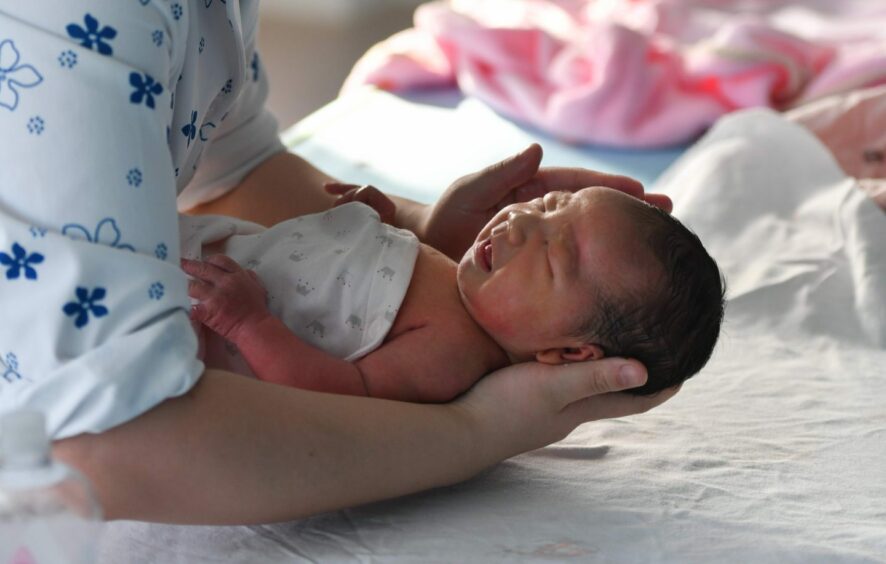


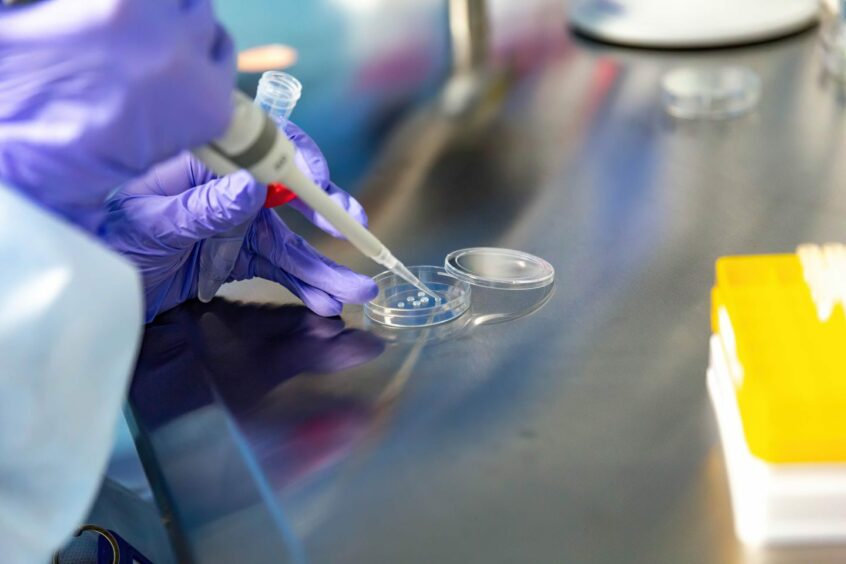





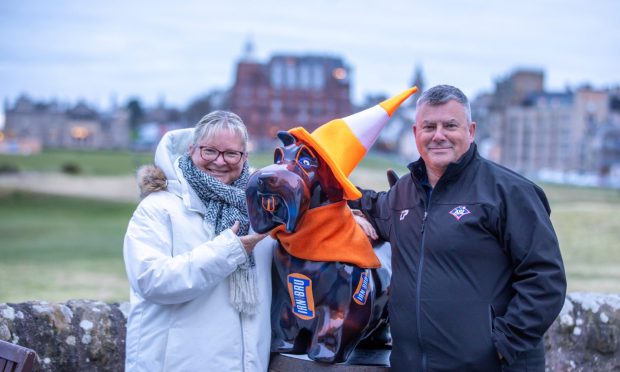

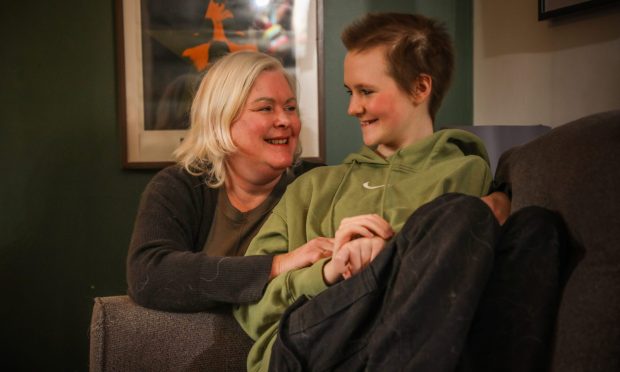
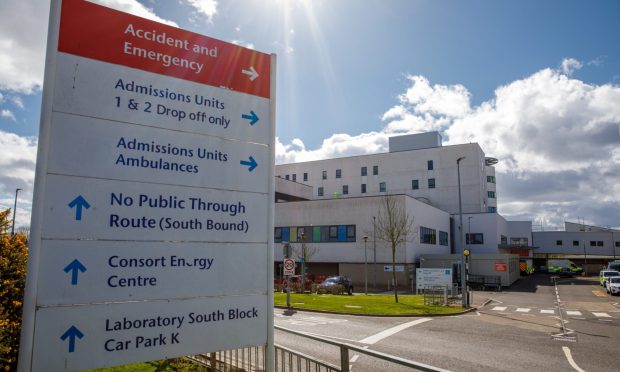
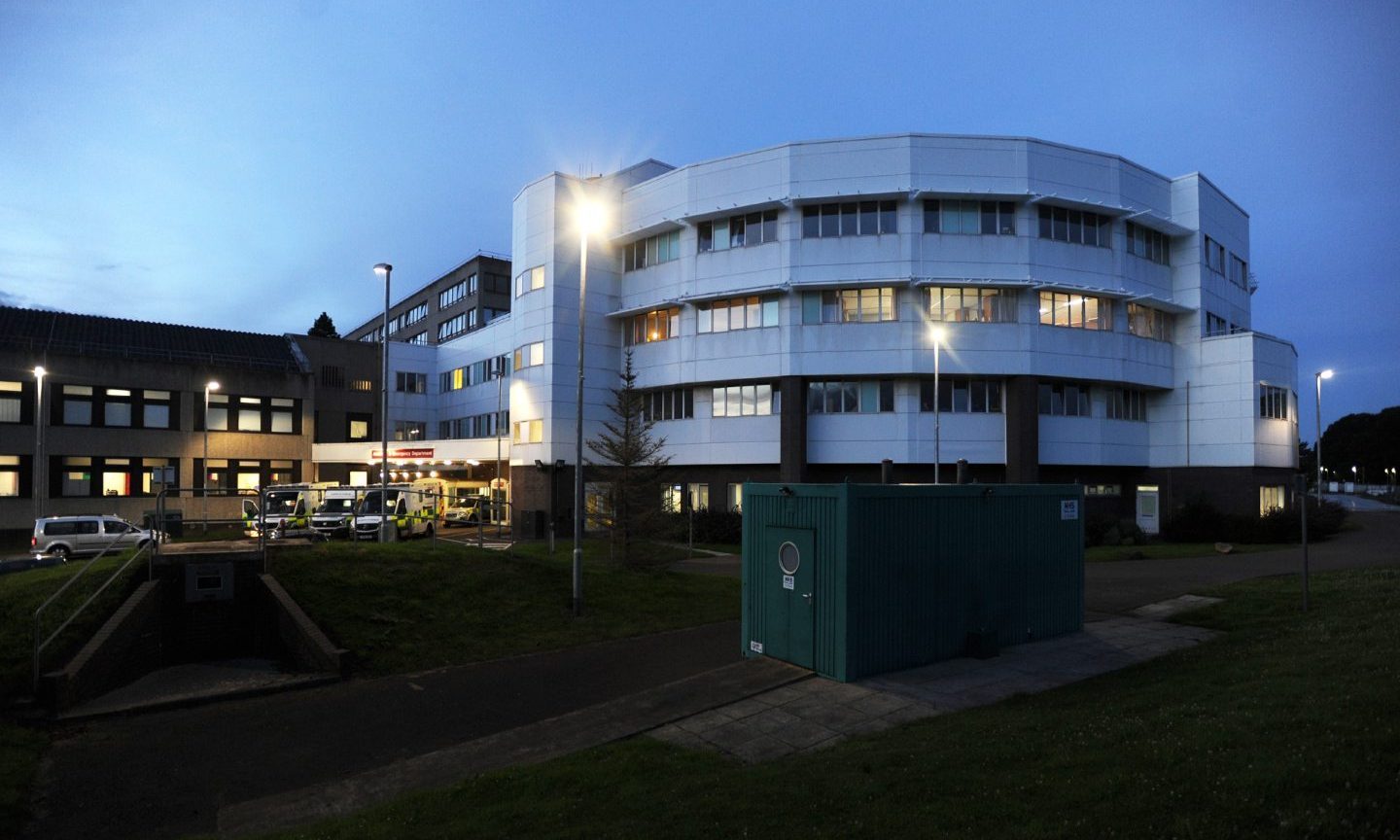
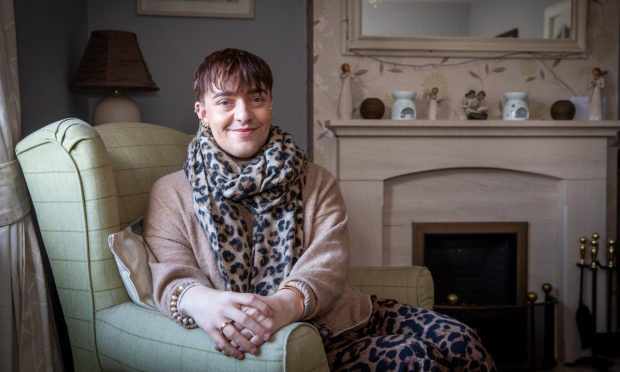
Conversation